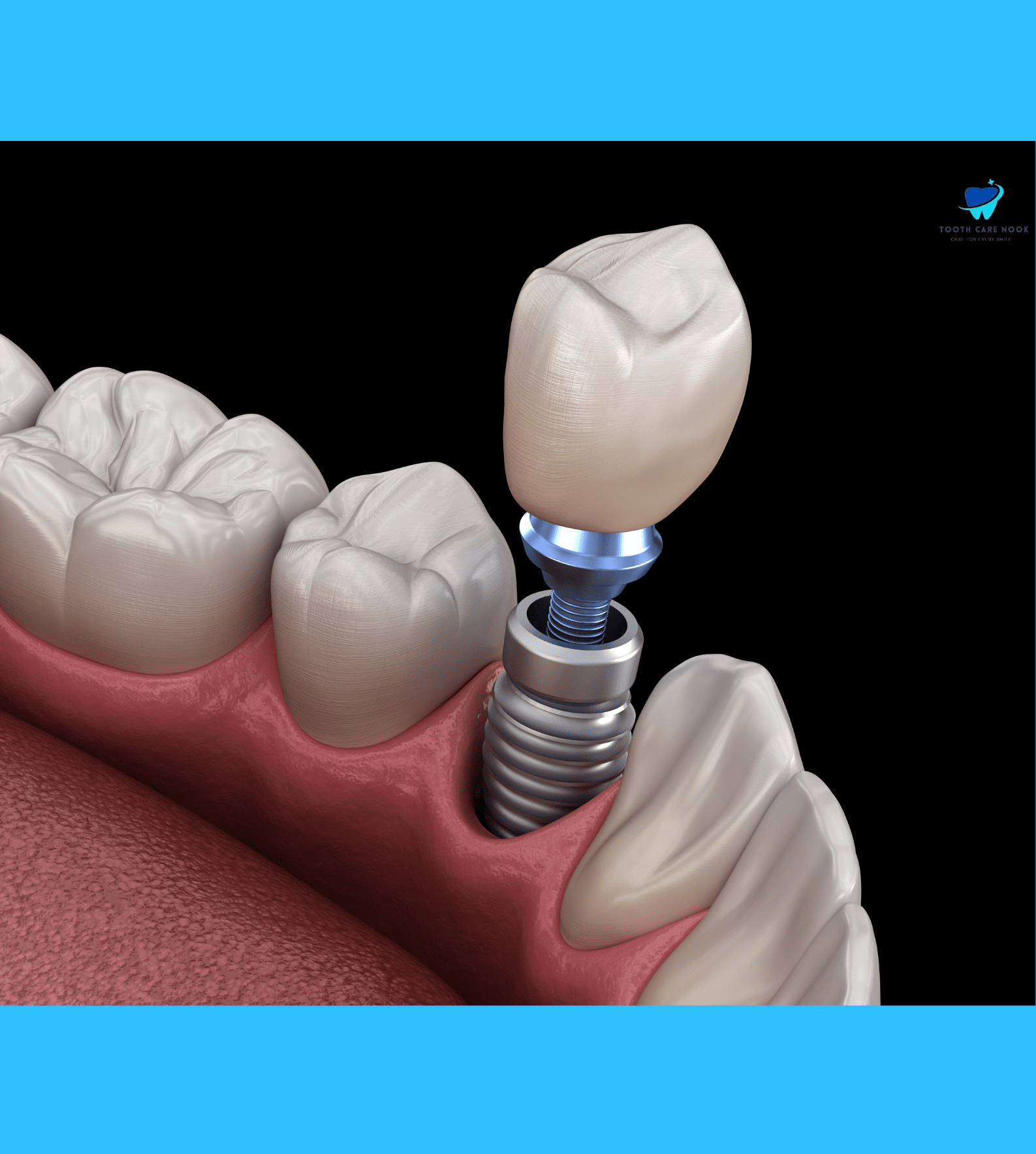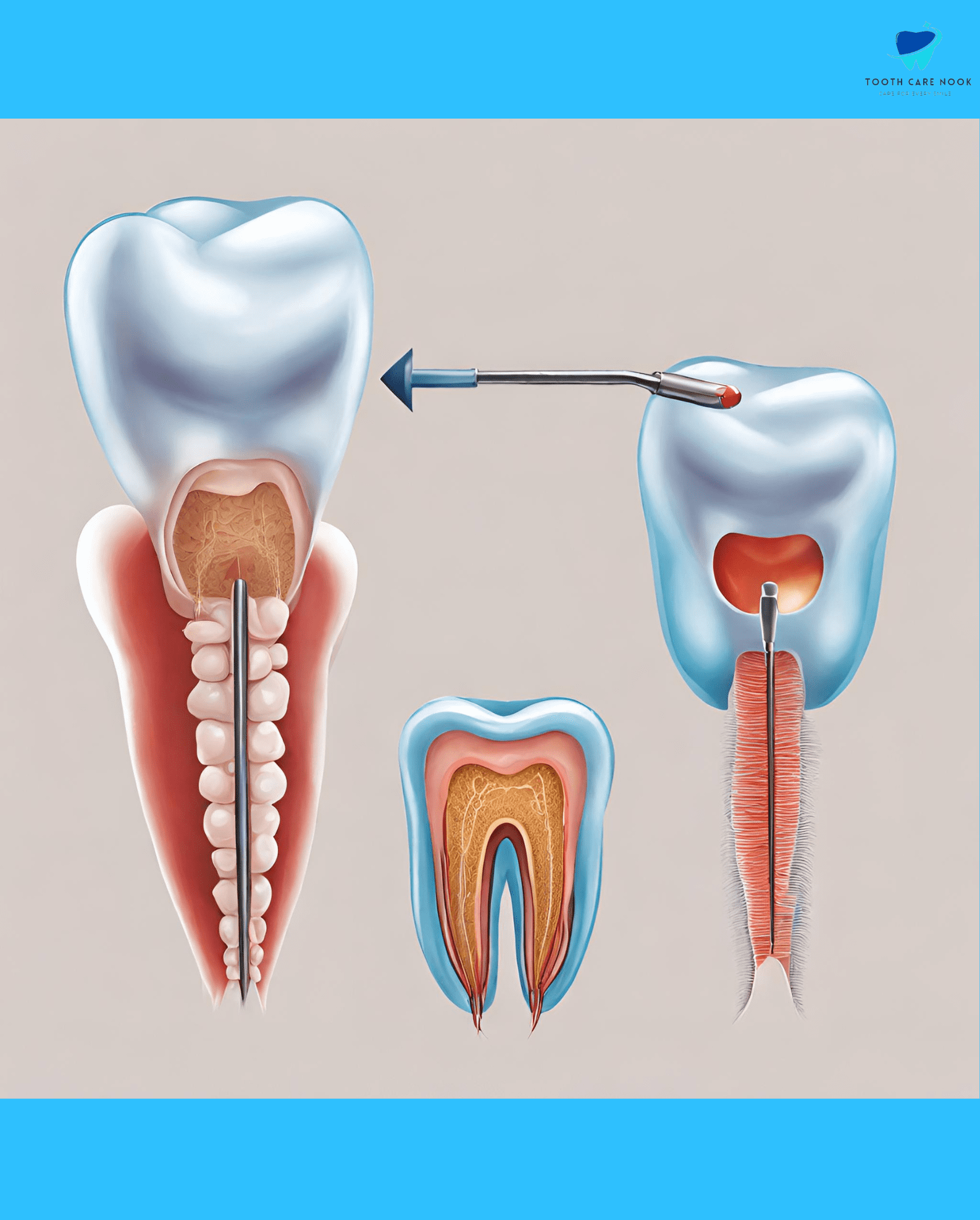What is a Bicuspid Tooth?
The bicuspid tooth is a premolar and sits between the canine and molar teeth. With two pointed cusps, it helps chew and grind food. Its nickname “premolar” comes from its position in the mouth.

Which Teeth Are Bicuspids?
Bicuspids are a type of teeth situated between the cuspid teeth and the molars in the human mouth, they are also called premolars.
In every quadrant of the mouth, there are two premolars, one on each side, making a sum of eight bicuspids in a full arrangement of grown-up teeth. They are situated towards the rear of the mouth and assume a significant part in crushing and chewing food.
They play an important role in the chewing process and help to maintain proper oral function and oral health. Let’s explore more, Some of the bicuspids are,
1st Bicuspid Tooth
They are situated between the cuspid teeth and the second molars. In every quadrant of the mouth, there is one first bicuspid on the upper jaw and one on the lower jaw, making a sum of four first bicuspids in a full arrangement of grown-up teeth.
2nd Bicuspid Tooth
They are located between the main bicuspid and the molars. There is a one-second bicuspid on the upper jaw and one on the lower jaw in every quadrant of the mouth, making a sum of four-second bicuspid.
Upper Bicuspid
The upper bicuspids are situated at the back of the mouth on the upper jaw. They help in chewing and crushing food particles.
Their primary function is to work with the first stage of digestion by separating food into smaller pieces. They are also important for appropriate dental function.
What is the Function of Bicuspids?
They perform several important functions in the human mouth:
· Chewing and Grinding:

Premolars play a vital part in the initial phase of chewing by assisting with separating food particles into more modest and smaller pieces. By handling food during chewing, the mechanical breakdown of food into smaller pieces supports digestion.
· Supporting Facial Structure:
Premolars help the face by guaranteeing an appropriate facial design and by supporting the surrounding oral tissues.
· Speech:
premolars are also involved in the creation of specific speech sounds. They assist with articulating sounds by controlling airflow and forming the oral cavity.
· Supporting Appropriate Occlusion:
Premolars also assist with guaranteeing that the upper and lower teeth fit together accurately when the jaws are closed. They also play a vital part in directing the movement of the jaw during chewing movements.
How Cuspids and Bicuspids are Different from Each Other
Both cuspids and bicuspids help to chew food and maintain appropriate dental alignment. They have definite shapes, areas, and functions inside the mouth. Cuspids are particular for tearing and getting a handle on food, while bicuspids are intended for crushing the food particles.
Reasons for Bicuspid Tooth Extraction
Bicuspid tooth extraction might be done because of multiple factors, like;
- Failed root channel treatment.
- Advanced gum sickness.
- Impacted teeth.
- Orthodontic treatment.
- Severe tooth decay.
- Fractured or harmed teeth.
- Preparation for prosthodontic treatment.
Mostly dental specialists extract the premolar teeth to make extra space or upgrade teeth arrangement. It’s very important to talk with a certified dentist to decide the most fitting treatment choice in light of a person’s specific dental condition. They can assess what is happening and prescribe the best fit to successfully resolve the hidden issue.
« Back to Glossary Index
